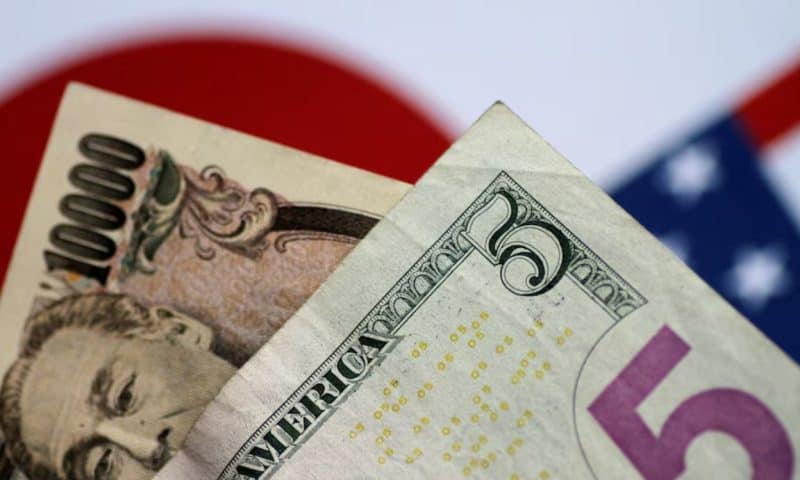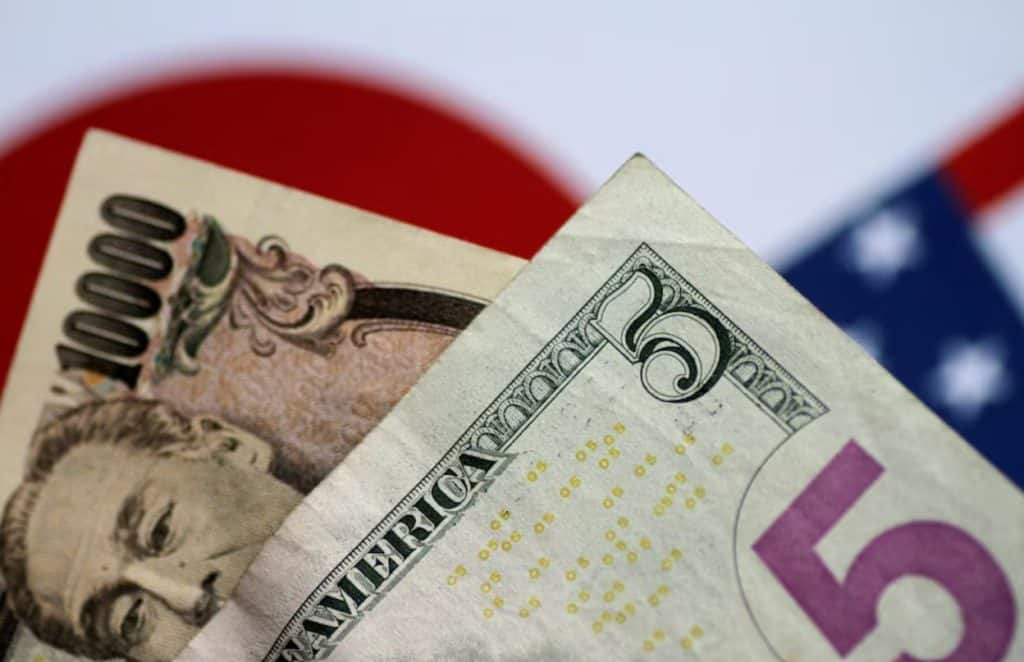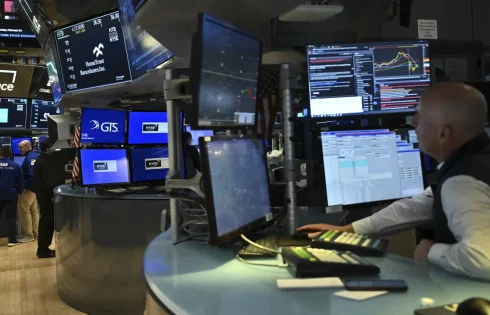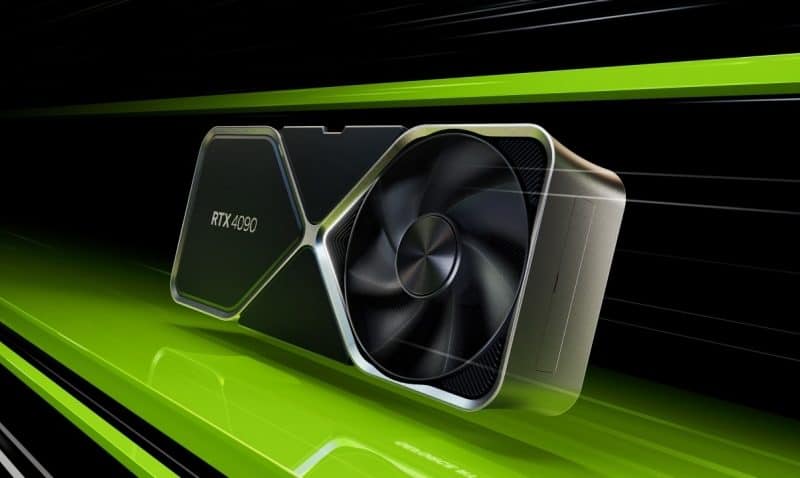HEICO (NYSE:HEI) Reports Strong Q4, Stock Soars

Aerospace and defense company HEICO (NSYE:HEI) reported Q4 CY2024 results topping the market’s revenue expectations , with sales up 14.9% year on year to $1.03 billion. Its GAAP profit of $1.20 per share was 26.6% above analysts’ consensus estimates.
Is now the time to buy HEICO? Find out in our full research report.
HEICO (HEI) Q4 CY2024 Highlights:
-
Revenue: $1.03 billion vs analyst estimates of $977.6 million (14.9% year-on-year growth, 5.4% beat)
-
EPS (GAAP): $1.20 vs analyst estimates of $0.95 (26.6% beat)
-
Adjusted EBITDA: $273.9 million vs analyst estimates of $251.6 million (26.6% margin, 8.9% beat)
-
Operating Margin: 22%, up from 20.1% in the same quarter last year
-
Free Cash Flow Margin: 18%, up from 11% in the same quarter last year
-
Market Capitalization: $27.97 billion
Company Overview
Founded in 1957, HEICO (NYSE:HEI) manufactures and services aerospace and electronic components for commercial aviation, defense, space, and other industries.
Aerospace
Aerospace companies often possess technical expertise and have made significant capital investments to produce complex products. It is an industry where innovation is important, and lately, emissions and automation are in focus, so companies that boast advances in these areas can take market share. On the other hand, demand for aerospace products can ebb and flow with economic cycles and geopolitical tensions, which can be particularly painful for companies with high fixed costs.
Sales Growth
Reviewing a company’s long-term sales performance reveals insights into its quality. Any business can have short-term success, but a top-tier one grows for years. Luckily, HEICO’s sales grew at an exceptional 13.8% compounded annual growth rate over the last five years. Its growth surpassed the average industrials company and shows its offerings resonate with customers, a great starting point for our analysis.

We at StockStory place the most emphasis on long-term growth, but within industrials, a half-decade historical view may miss cycles, industry trends, or a company capitalizing on catalysts such as a new contract win or a successful product line. HEICO’s annualized revenue growth of 30.6% over the last two years is above its five-year trend, suggesting its demand was strong and recently accelerated.

This quarter, HEICO reported year-on-year revenue growth of 14.9%, and its $1.03 billion of revenue exceeded Wall Street’s estimates by 5.4%.
Looking ahead, sell-side analysts expect revenue to grow 7.8% over the next 12 months, a deceleration versus the last two years. Despite the slowdown, this projection is above average for the sector and implies the market is baking in some success for its newer products and services.
Software is eating the world and there is virtually no industry left that has been untouched by it. That drives increasing demand for tools helping software developers do their jobs, whether it be monitoring critical cloud infrastructure, integrating audio and video functionality, or ensuring smooth content streaming. Click here to access a free report on our 3 favorite stocks to play this generational megatrend.
Operating Margin
Operating margin is one of the best measures of profitability because it tells us how much money a company takes home after procuring and manufacturing its products, marketing and selling those products, and most importantly, keeping them relevant through research and development.
HEICO has been a well-oiled machine over the last five years. It demonstrated elite profitability for an industrials business, boasting an average operating margin of 21.4%.
Looking at the trend in its profitability, HEICO’s operating margin rose by 1.5 percentage points over the last five years, as its sales growth gave it operating leverage.

This quarter, HEICO generated an operating profit margin of 22%, up 1.9 percentage points year on year. This increase was a welcome development and shows it was recently more efficient because its expenses grew slower than its revenue.
Earnings Per Share
Revenue trends explain a company’s historical growth, but the long-term change in earnings per share (EPS) points to the profitability of that growth – for example, a company could inflate its sales through excessive spending on advertising and promotions.
HEICO’s EPS grew at a decent 8.4% compounded annual growth rate over the last five years. Despite its operating margin expansion during that time, this performance was lower than its 13.8% annualized revenue growth, telling us that non-fundamental factors such as interest and taxes affected its ultimate earnings.

Diving into the nuances of HEICO’s earnings can give us a better understanding of its performance. A five-year view shows HEICO has diluted its shareholders, growing its share count by 2.2%. This dilution overshadowed its increased operating efficiency and has led to lower per share earnings. Taxes and interest expenses can also affect EPS but don’t tell us as much about a company’s fundamentals.

Like with revenue, we analyze EPS over a more recent period because it can provide insight into an emerging theme or development for the business.
For HEICO, its two-year annual EPS growth of 24.9% was higher than its five-year trend. This acceleration made it one of the faster-growing industrials companies in recent history.
In Q4, HEICO reported EPS at $1.20, up from $0.82 in the same quarter last year. This print easily cleared analysts’ estimates, and shareholders should be content with the results. Over the next 12 months, Wall Street expects HEICO’s full-year EPS of $4.04 to grow 9.8%.
Key Takeaways from HEICO’s Q4 Results
Revenue, EBITDA, and EPS all beat by pretty convincing amounts this quarter. Zooming out, we think this was a solid quarter. The stock traded up 6.7% to $242.99 immediately after reporting.
HEICO put up rock-solid earnings, but one quarter doesn’t necessarily make the stock a buy. Let’s see if this is a good investment. If you’re making that decision, you should consider the bigger picture of valuation, business qualities, as well as the latest earnings. We cover that in our actionable full research report which you can read here, it’s free.




































